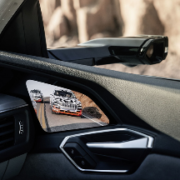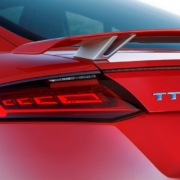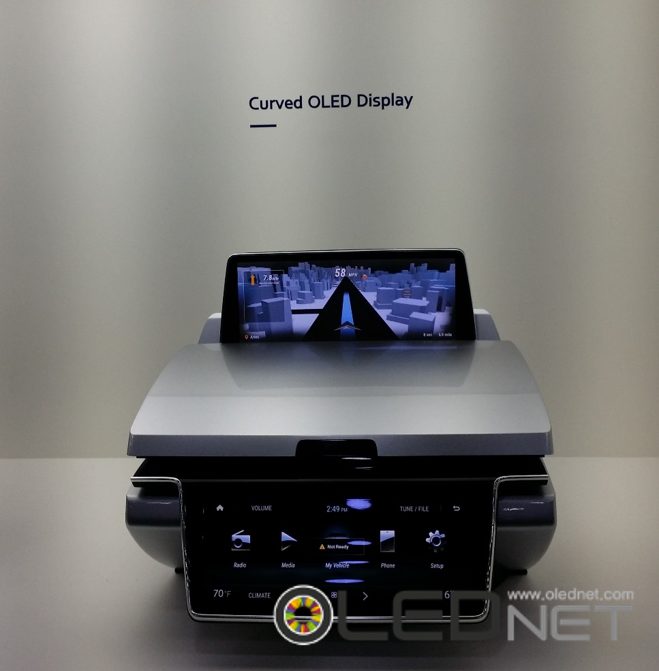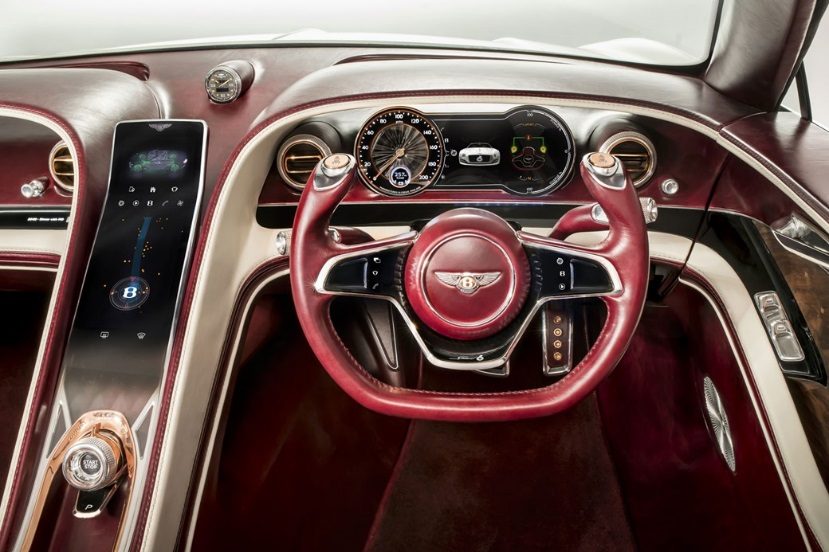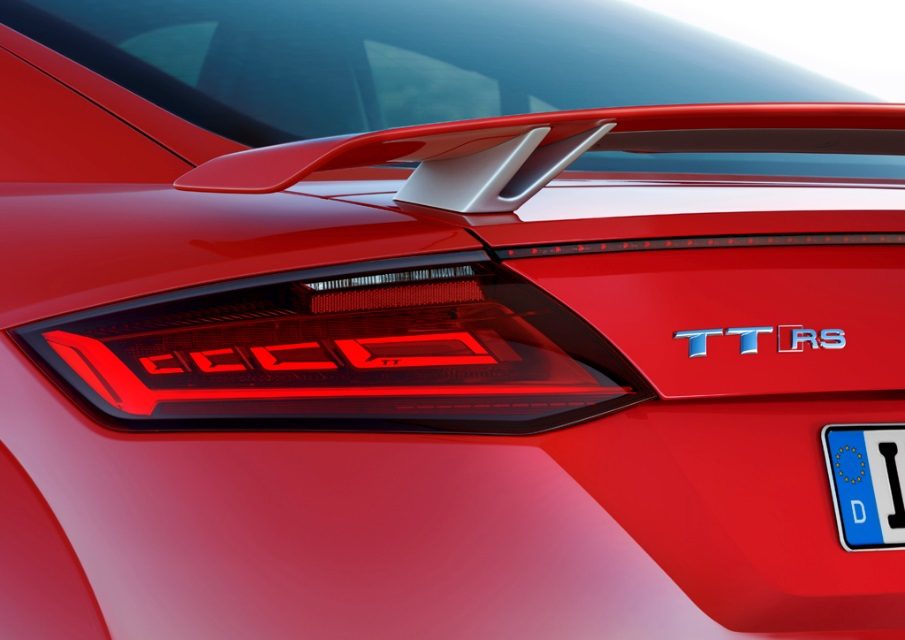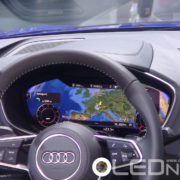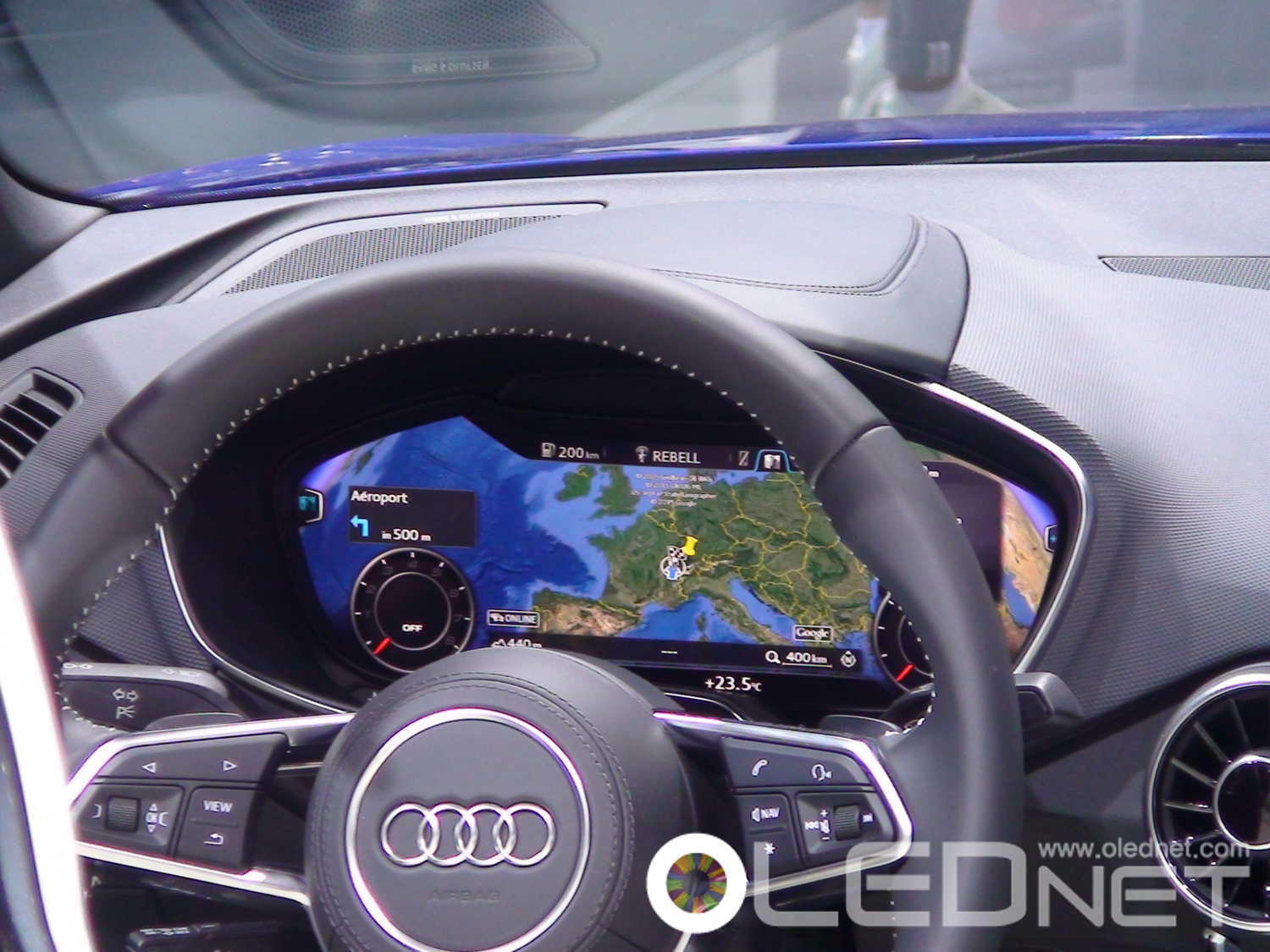Samsung Display, supplies 7-inch OLED for Virtual Exterior Mirror to Audi
Samsung Display announced on October 3 that the company will be supplying a 7-inch OLED display for Audi’s all-new electric Sports Utility Vehicle (SUV), the Audi e-tron®. The Audi e-tron has attracted attention throughout the automotive industry. One of its highlights are optional* ‘virtual exterior mirrors’ – a ‘first’ for a volume-production car.
Audi’s virtual exterior mirrors feature a small side-view camera instead of the existing side mirrors. The driver can view the images captured by the camera in real time through the OLED display installed between the vehicle’s A pillar (the column next to the front glass) and the door.
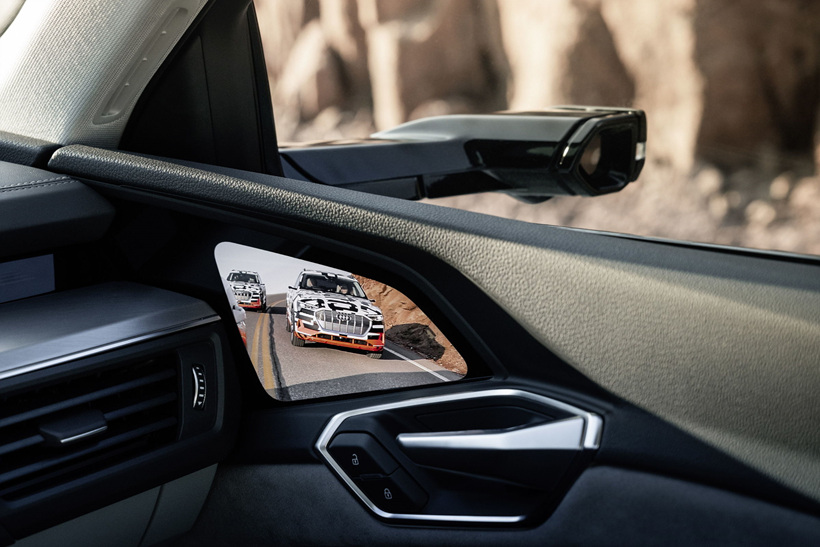
<Virtual exterior mirror applied to e-Tron, Audi, Source: news.samsungdisplay.com>
The OLED display supplied by Samsung Display is equipped with one camera on each side of the vehicle dashboard, replacing the existing side mirror function, and the built-in touch sensor allows people to zoom in or out on the screen as if to manipulate a smartphone. Audi said the Virtual Exterior Mirror offers a wider field of view without blind spots, compared to a typical side mirror. It provides better visibility even on cloudy days and in dark places, and it provides a ‘view mode’ suitable for each driving situation such as highway driving, rotation, parking, etc for more convenient and safe driving. By eliminating the side mirrors that protrude out of the vehicle, it reduces air resistance and wind noise. Also, slim and beautiful design is possible, reducing the body width by 5.9 inches.
The images seen on the Samsung display that covers each virtual exterior mirror appear natural and distinct with none of the drag effects typically triggered by a slow response rate at low temperatures, while exhibiting outstanding color reproducibility. The Samsung 7-inch OLED display provides Audi e-tron drivers with an ideal visual solution, thanks to its low power consumption and innovatively thin, lightweight design, in addition to its superior imaging.
Jeeho Baek, Senior Vice President of Samsung Display, said “It is inspiring to many that our OLED display is used in Audi’s virtual exterior mirror, demonstrating that Samsung OLED technology is being optimized for cutting-edge automobile systems around the world. We will continue to actively support leading automotive manufacturers in helping them to advance the future automotive market through the use of our OLED display technology with its high resolution, advanced designs and low power consumption.”

